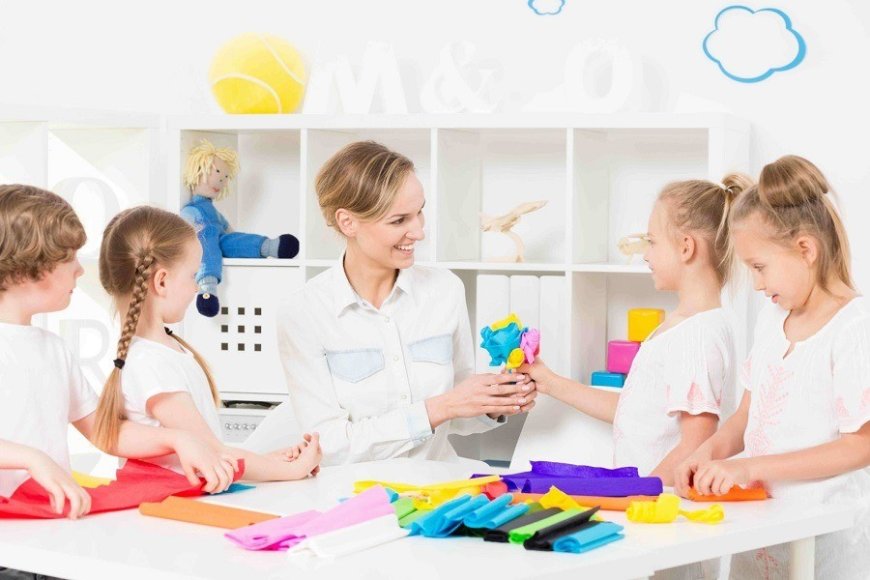How to make remarks to be heard by students
Almost each of us makes mistakes from time to time. Due to lack of experience, children and adolescents make mistakes more often

Simple tips for building a constructive dialogue
Almost each of us makes mistakes from time to time. Due to lack of experience, children and adolescents make mistakes more often and find it harder to understand and evaluate their actions. At the same time, teenagers react most sharply to any criticism and remarks. The question arises: how to make comments and conduct an educational conversation with the student so that the words spoken are not perceived as notations and are really heard?
Remember yourself when you were a child. Do you remember yourself at school age, and next to your parents and teachers and their constant phrases "It is impossible ...", "Do not do this ...", "Listen to the elders ..." and much more?
It is now, overestimating their words with time and experience, that we realize that adults were right, but remember what we thought, felt and did then? Usually most of us waited for these morals to end and overlooked. And what is the difference between modern teenagers? In this - rather nothing. What can be done so that the educational conversation is constructive and does not turn into another notation?
Ask a question!
And do it in the most friendly way, without raising your voice. If the child answers the questions, and not just listens to you, the degree of its inclusion in the topic of discussion increases many times over. Therefore, there is a chance that your words will not only be heard, but also understood! How does it work?
An interesting observation, our brain is designed to forget about 90% of all heard information and at the same time remembers about 90% of what he directly thought and analyzed. So the question asked makes the brain turn on and start working - not just to hear, but also to rethink the information heard! In addition, thanks to the way the question is formulated, we can control the focus of the listener's attention, drawing his attention to certain moments in the subconscious.
Compare questions:
- When will you stop being late?
- How effective do you think the lesson will be for you if you come on time?
In the first case, we focus on systematic delays. This is perceived as a reproach and a negative. Upon hearing this question, the student automatically "closes the shell" and stops accepting this and all further information.
In the second case, we make you think about the positive moments to come to class on time. Thus, the student subconsciously engages in constructive dialogue. Emphasizing the positive moments allows you to control the focus of attention and thinking of the interlocutor.
Answering a constructively formulated question, the student rethinks the information, passes it through himself and forms his own opinion. In this way, you encourage students to think and come to their own conclusions, rather than imposing their own. After all, everyone tends to trust the conclusions he has reached with his own mind more than the words of others. And teenagers even more so!
Define
It is from the way the question is asked that we form the interlocutor's attitude to the topic of discussion in the plane of "good / bad" or "important / unimportant" in the subconscious.
For example, the question "Why do you think it is important to learn to control your emotions?" we already mean that these skills are needed. The interlocutor only has to decide for himself to what extent this is important. That is, with such a formulation we at the same time leave complete freedom for reflection, but subconsciously come to conclusions in a certain direction.
Remember the "sandwich"
This is a method of communication, during which pleasant and unpleasant information is layered in such a way that the interlocutor hears the meaning of the unpleasant component and at the same time he has a generally pleasant impression of the conversation.
Carried out according to the following algorithm:
- Start the conversation on the positive side (before arguing about something, remember a similar case where he did well).
- Concisely and reasonably express your opinion about the unpleasant situation that is the topic of conversation.
- Make sure that you have agreed with the interlocutor (ask what the student agrees with you, what not, try to have a constructive dialogue and together look for ways to solve the problem situation).
- End the dialogue on a positive note (express your gratitude to the student that you can have a dialogue with him as an adult, etc.). Try to choose such arguments to at least balance the unpleasant component with a positive amount.
During the educational interviews, following the above techniques will help to guide the behavior of students and at the same time maintain a friendly relationship with them. And this is so important for mutual respect and understanding!
